|
In the post about Wilson's arch, I have described a monumental building located next to it, called by Warren the Masonic Hall. After writing that post, I found more information about the hall, the thick wall next to it, and the Mikva'os behind the pier of Wilson's arch. In the next few posts, I will redescribe these places, based on this new information. 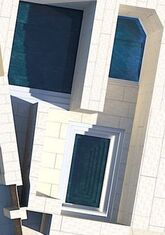 Under Wilson's arch, running to the west, is a thick wall (called wall 5006 in the archeological reports). At its widest point, the wall is 13 m (42 ft 8 in) thick, and in the area north of the monumental building, where the building is partly built in the wall, the wall is only around 6 m (20 ft) thick. This wall is built out of roman concrete (opus caementicium), which is made with mortar (in this case, a yellowish mortar,) and stones, but the wall is faced with regular stones. The top of this wall is uniform, at an elevation of around 730 m (2395 ft) above sea level. Two elongated vaults built of dressed stones were incorporated inside the core of the wall, to the north of room 21 of the monumental hall. The tops of the vaults were at elevation 726 m (2381 ft) above sea level, and Roman concrete was cast (for a height of 4 m [13 ft]) above them. The vaults run north-south, perpendicular to the wall, and on their southern end they touch the northern wall of room 21. (The western vault is numbered 230, and the eastern one, 240.) Two square pools (each one around 4 by 4 m [13 ft by 13 ft], their depth is around 1.5 m [5 ft]) were hewn in the top of the thick wall, north and outside of the monumental hall. The pools were somewhat carelessly hewn, and their corners were not perpendicular. They were coated with a thick layer of light brown-gray plaster that covered their bottom and walls. It is not clear if these pools are from the times of the Beis Hamikdash, or from the late roman era (third to fourth century). This wall was radiocarbon dated to the Chashmona'iy era, between the years 90-45 BCE (3670-3715), between the reign of Alexander Yannai and Hyrcanus II, so it is not from the times of the first Beis Hamikdash, like I previously thought. It would seem that these later Chashmona'iy kings rebuilt the northern wall of Yerushalayim, either to help support the bridge leading to the Har Habayis, in which case we can deduct that the bridge was only built then, or Hyrcanus rebuilt the wall after the bridge was destroyed during Pompey's attack on Yerushalayim (see Josephus, Antiquities 14:4:2). The northern part of the pier of Wilson's arch, which was built after this wall, was dated to the time of the main Herodian expansion, and the southern part was dated to between the years 30 to 60 CE (3790-3820), the time period when the western wall street was made. The two extra rooms hacked into the northern pier is from the 40 or so years left until the Churban. Behind the pier are three vaulted rooms, in each room is a Mikveh. The two northern Mikva'os seem to have drainage channels cut into their floor. A wall running north-south was built from in between the double doors of the monumental hall to the northwest Mikveh, making a sort of hallway from the Hall to this Mikveh. On top of the vaulted roofs of the northern Mikva'os, there is a second level of arches. The southern Mikveh is different than most other Mikva'os, as it has steps running along all its walls. Dan Bahat has therefore suggested that this Mikveh was used for small vessels, which were sometimes immersed by putting them on the Mikveh steps and agitated the water with one's hands, so waves will go on it, as said in the famous Mishnah in Masechtas Mikva'os (7:7). Reference
Bahat, D. (2007). New Discoveries in the Western Wall Tunnels / חידושים בחקר מנהרות הכותל. Qadmoniot: A Journal for the Antiquities of Eretz-Israel and Bible Lands / קדמוניות: כתב-עת לעתיקות ארץ-ישראל וארצות המקרא, מ(133), 41–47. http://www.jstor.org/stable/23682952 Onn A., Weksler-Bdolah S. and Bar-Nathan R. 2011. Jerusalem, The Old City, Wilson’s Arch and the Great Causeway. HA-ESI 123 Onn, Alexander, and Shlomit Weksler-Bdolah. “Jerusalem, The Western Wall Tunnels: Preliminary Report.” HA-ESI 128 Regev, Johanna, Joe Uziel, Tehillah Lieberman, Avi Solomon, Yuval Gadot, Doron Ben-Ami, Lior Regev, and Elisabetta Boaretto. “Radiocarbon Dating and Microarchaeology Untangle the History of Jerusalem's Temple Mount: A View from Wilson's Arch.” PLOS ONE 15, no. 6 (2020): e0233307. doi: 10.1371/JOURNAL.PONE.0233307.
0 Comments
Leave a Reply. |
Website updatesI have added a new lego model of the Third Beis Hamikdash, with pictures and a video in the lego gallery. Categories
All
Archives
February 2024
AuthorMy name is Mendel Lewis. Hashem said to Yechezkel, "Its reading in the Torah is as great as its building. Go and say it to them, and they will occupy themselves to read the form of it in the Torah. And in reward for its reading, that they occupy themselves to read about it, I count it for them as if they were occupied with the building of it. (Tanchuma tzav 14) |
- Beis Hamikdash posts
-
sources
- Mishnayos Middos >
- Gemarah
- Rambam >
- Rishonim
- Sha'alos Uteshuvos HaRaDVaZ
- Shiltey Hagibborim
- Ma'aseh Choshev
- Chanukas Habayis (both) and biur Maharam Kazis on middos
- diagrams >
- Tavnis Heichal
- Be'er Hagolah
- Binyan Ariel
- Shevet Yehudah
- other
- Braisa D'Meleches Hamishkan
- Third Beis Hamikdash sefarim
- from Josephus-יוסיפון >
- קובץ מעלין בקדש
- Kuntres Klei Hamikdash
- Gallery
- videos
- 1st Beis Hamikdash
- 3rd Beis Hamikdash
- virtual walkthroughs
- 3d models
- Lego Gallery
- diagram of Mizbeach
- contact
Proudly powered by Weebly

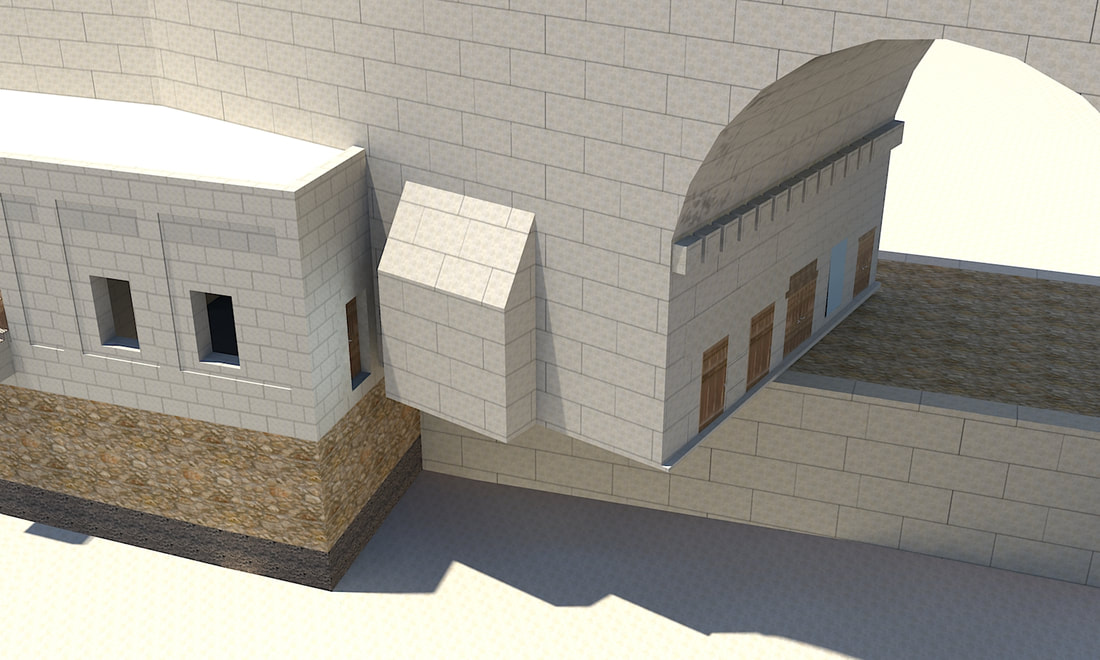
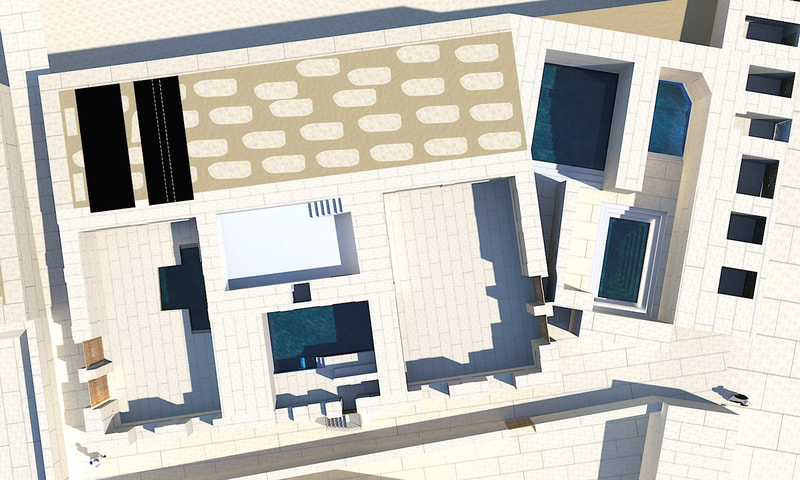
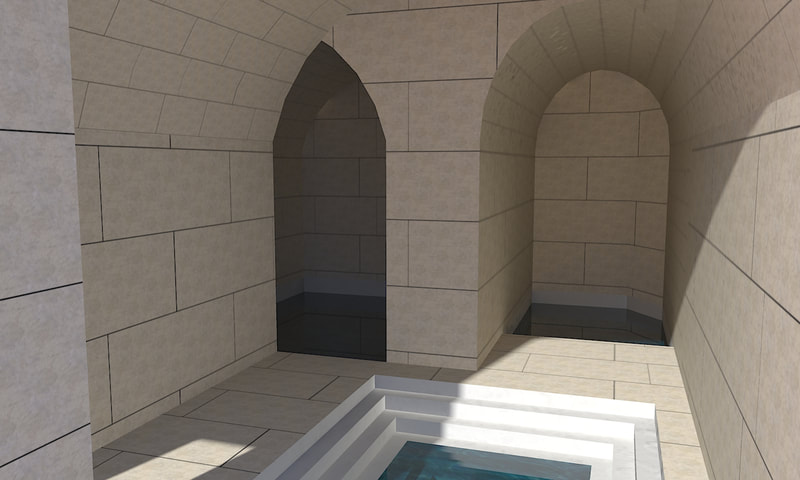
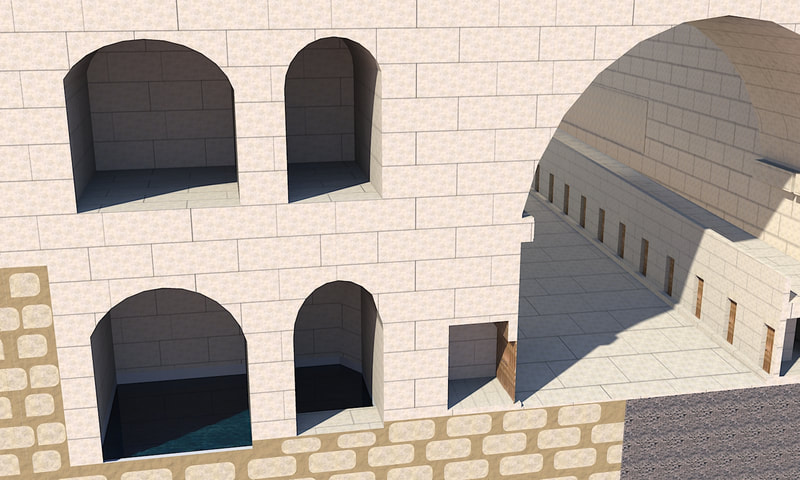
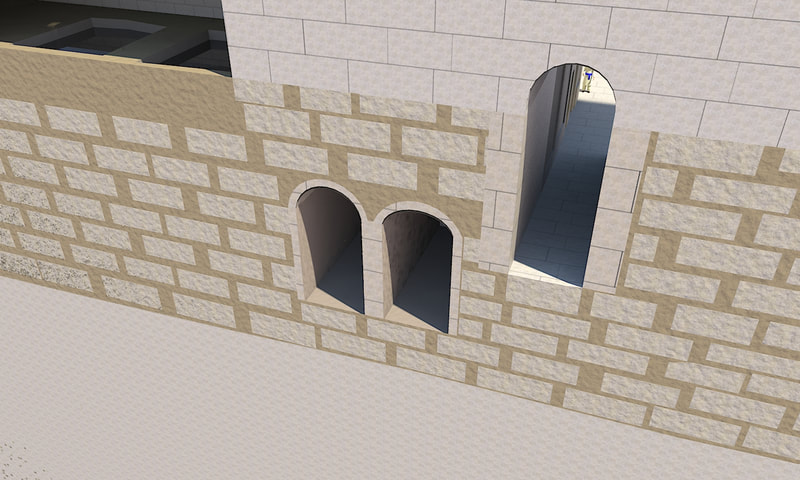
 RSS Feed
RSS Feed